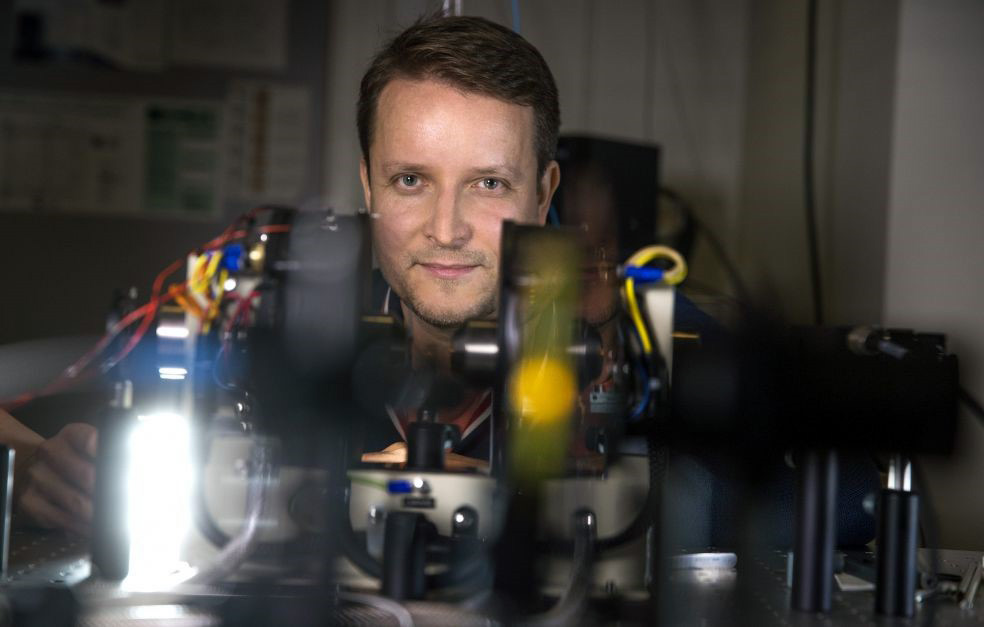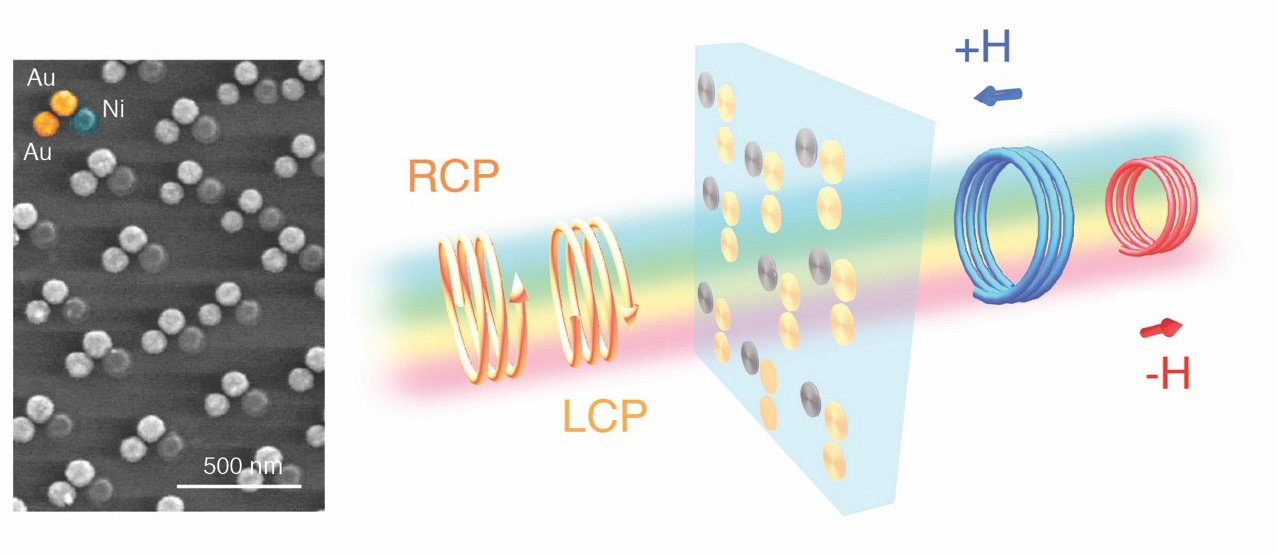Optical equipment and instruments are all around us, including in computer and TV screens, light fittings, glasses and camera lenses. But all of these  products lack the outstanding ability of the human eye to adapt to changing distances and fluctuations in light characteristics.
products lack the outstanding ability of the human eye to adapt to changing distances and fluctuations in light characteristics.
To address this shortcoming, Professor Alexander Dmitriev’s team at the University of Gothenburg is collaborating with researchers in Spain (nanoGUNE Center) and Italy (Italian Institute of Technology).
‘We are developing ways to control light with magnetic fields. We use a very small magnetic field, with the same strength as refrigerator magnets, in order to not interfere with the surrounding environment and to achieve a technology that is small and portable,’ says Dmitriev.
Adjustable Optical Qualities in Real Time Imply New Opportunities
The collaborating research teams have recently had new research findings published in Nano Letters, a peer-reviewed scientific journal.
 By covering a thin glass with nanoantennas (antennas for light that are 20 nanometers high and made of gold and nickel), the researchers have been able to twist and re-polarise visible light passing through the glass by using weak magnetic fields.
By covering a thin glass with nanoantennas (antennas for light that are 20 nanometers high and made of gold and nickel), the researchers have been able to twist and re-polarise visible light passing through the glass by using weak magnetic fields.
‘This opens up for completely new possibilities to create ultra-thin optical components whose properties can be changed at the touch of a button,’ says Dmitriev.
Development of Flexible Components and New Products
The new research may end up making bulky camera lenses obsolete.
‘In the future, your glasses and the optical components of your mobile phone may be able to adjust their functions in real time in the same way as your eyes are constantly adapting to changing conditions,’ says Dmitriev.
In addition to the ability to create very small and very flexible optical components, the research also opens doors to new chemical production methods.
‘The way circularly polarised light interacts with various materials around us is of great importance. Circularly polarised light is also important because it can be used to synthetically produce various chemicals and drugs with asymmetric structures. Imagine what will be possible if everything that light does can be modified as desired in real time,’ says Dmitriev.
Paper:
Magnetic Control of the Chiroptical Plasmonic Surfaces
by Irina Zubritskaya, Nicolò Maccaferri, Xabier Inchausti Ezeiza, Paolo Vavassori, and Alexandre Dmitriev
Nano Letters, 2018, 18 (1), pp 302–307
DOI: 10.1021/acs.nanolett.7b04139
http://pubs.acs.org/doi/abs/10.1021/acs.nanolett.7b04139
Contact:
Alexander Dmitriev, professor at the Department of Physics, University of Gothenburg +46 (0)31 786 9139, +46 (0)766 22 91 39, alexd@physics.gu.se
Picture 1: By adding a very thin layer of nanoantennas to the surface of a regular glass plate, the researchers were able to twist and re-polarise visible light passing through the glass by using magnetic fields. The nanoantennas are made of gold and nickel.
Picture 2: Portrait picture of Alexander Dmitriev.
Photo: Magnus Bergström
 products lack the outstanding ability of the human eye to adapt to changing distances and fluctuations in light characteristics.
products lack the outstanding ability of the human eye to adapt to changing distances and fluctuations in light characteristics. By covering a thin glass with nanoantennas (antennas for light that are 20 nanometers high and made of gold and nickel), the researchers have been able to twist and re-polarise visible light passing through the glass by using weak magnetic fields.
By covering a thin glass with nanoantennas (antennas for light that are 20 nanometers high and made of gold and nickel), the researchers have been able to twist and re-polarise visible light passing through the glass by using weak magnetic fields.